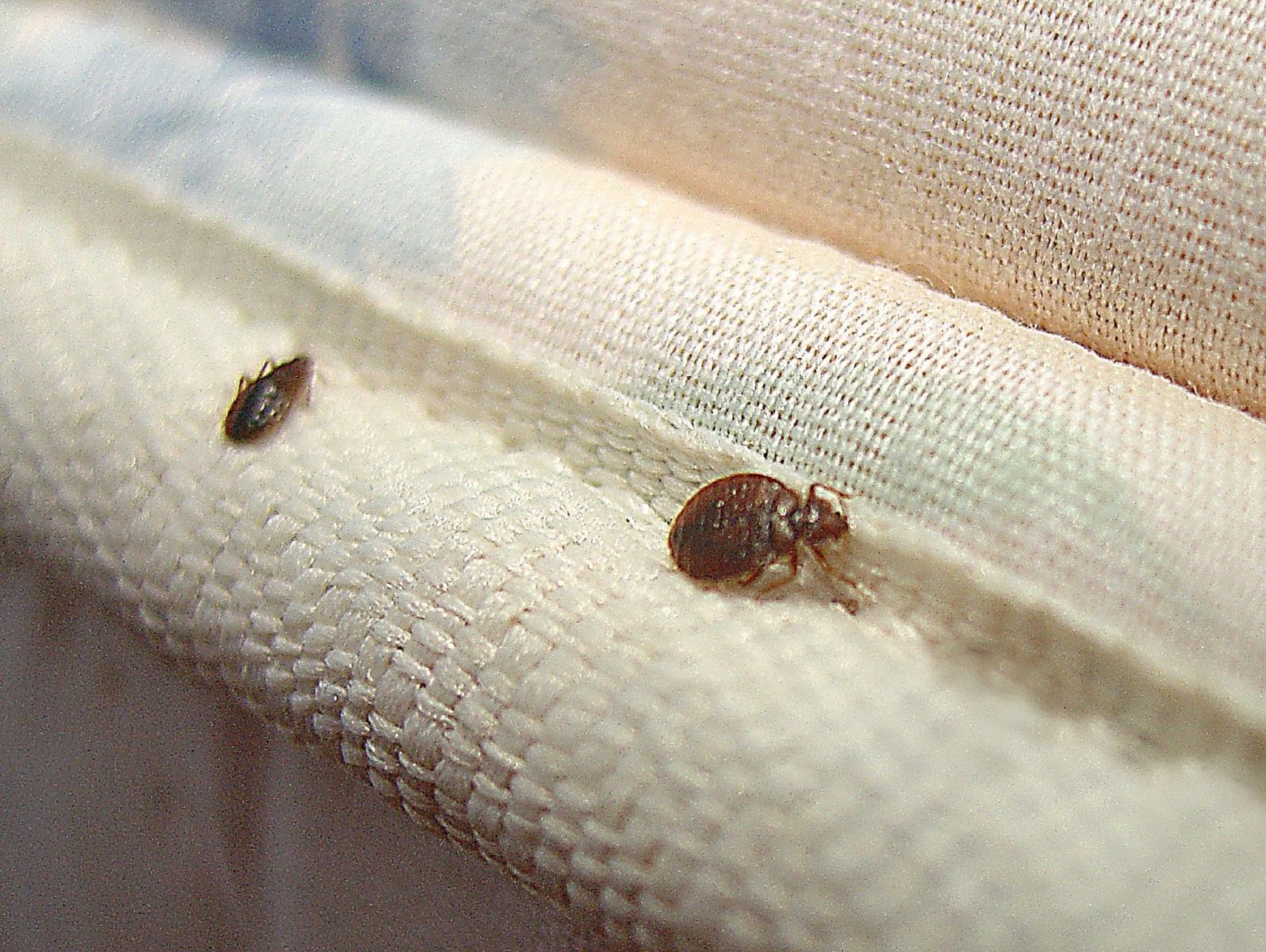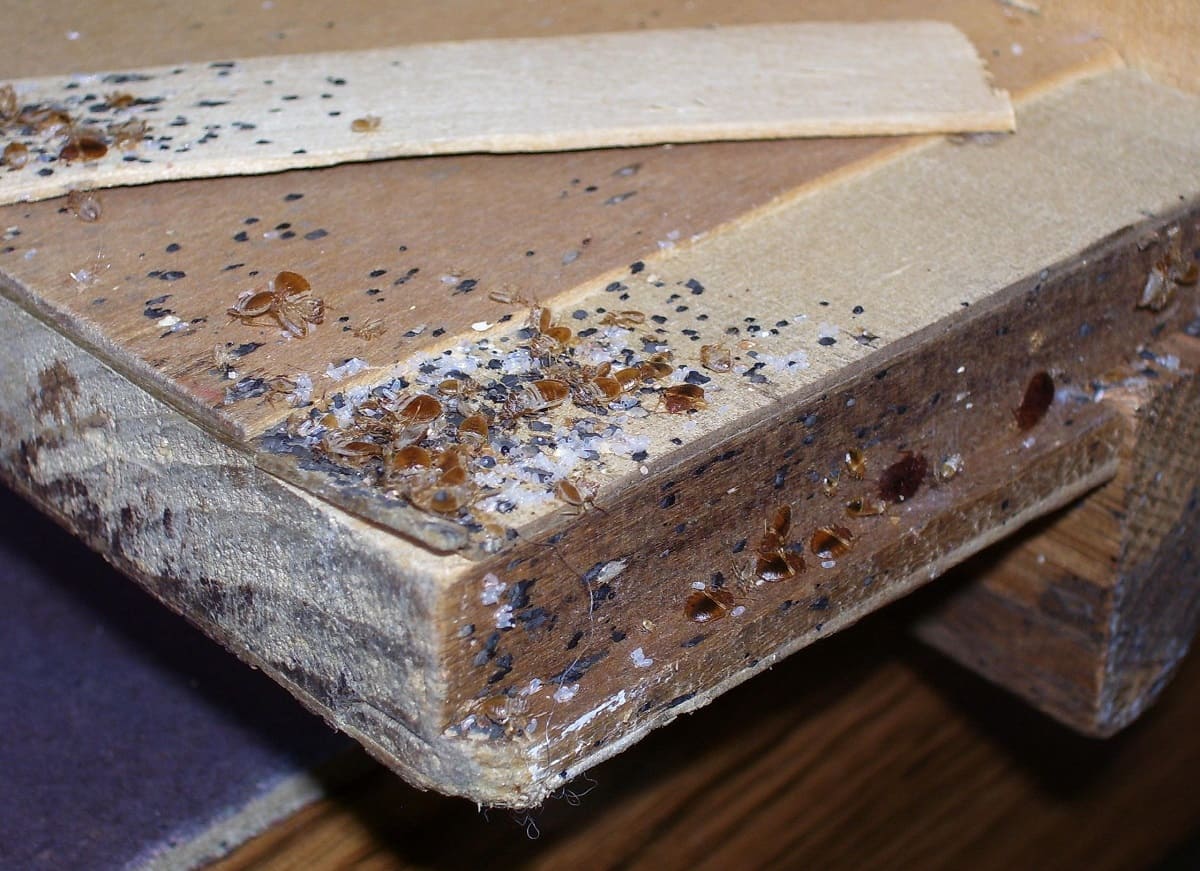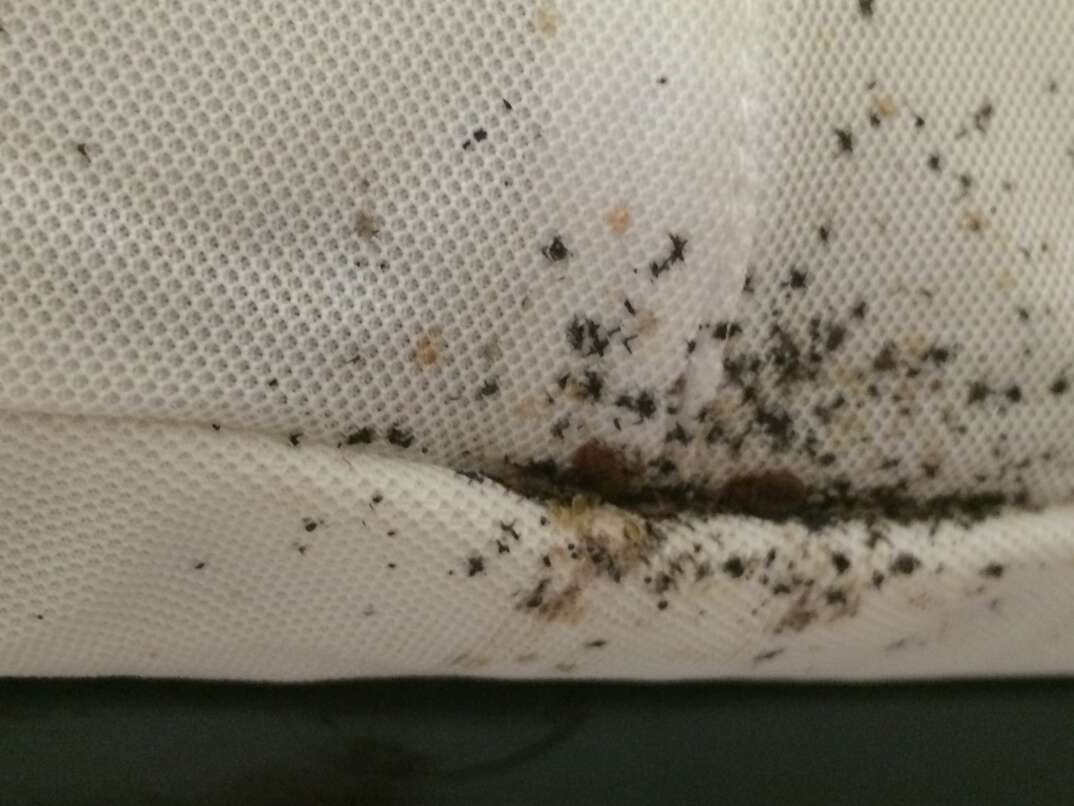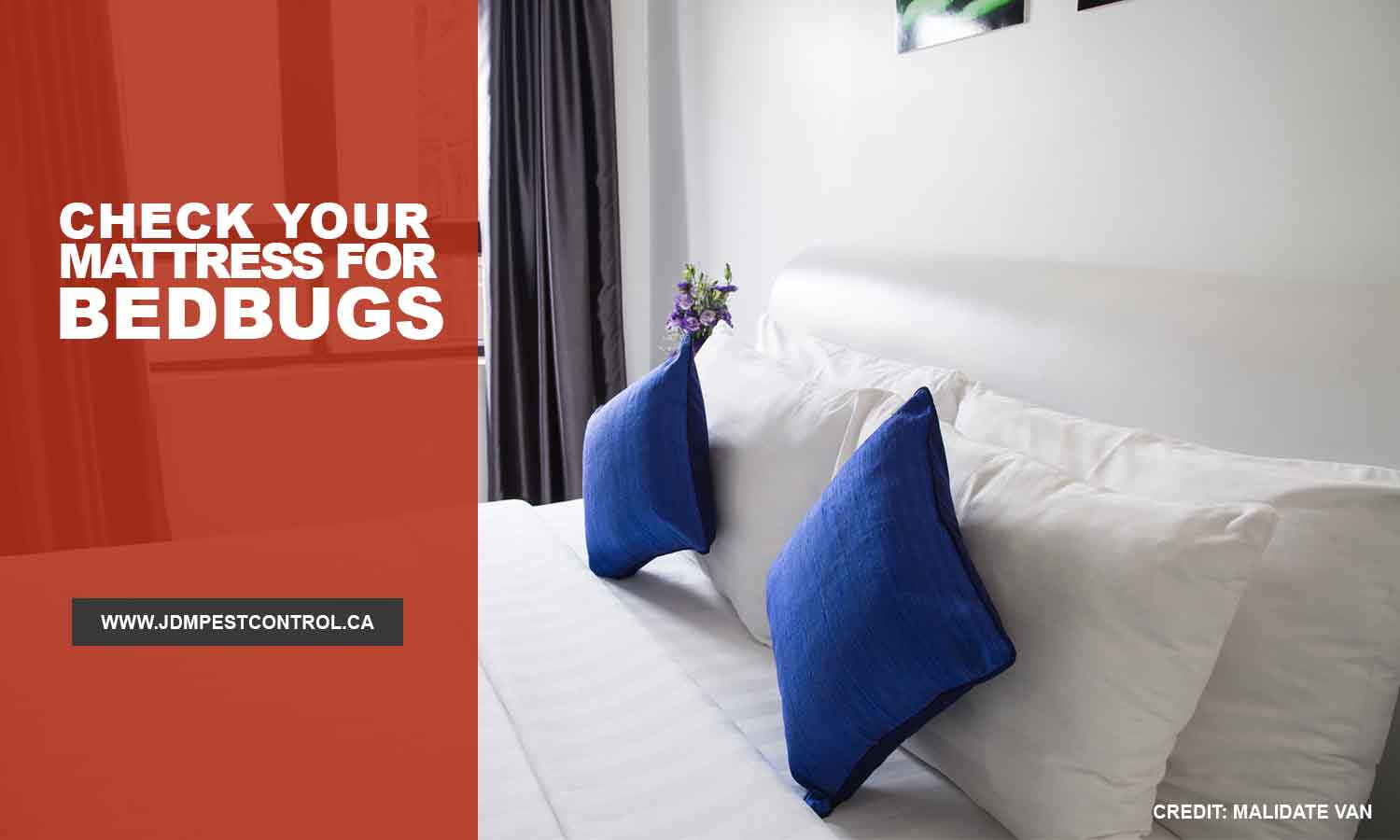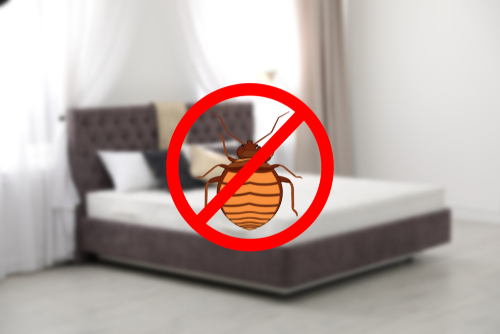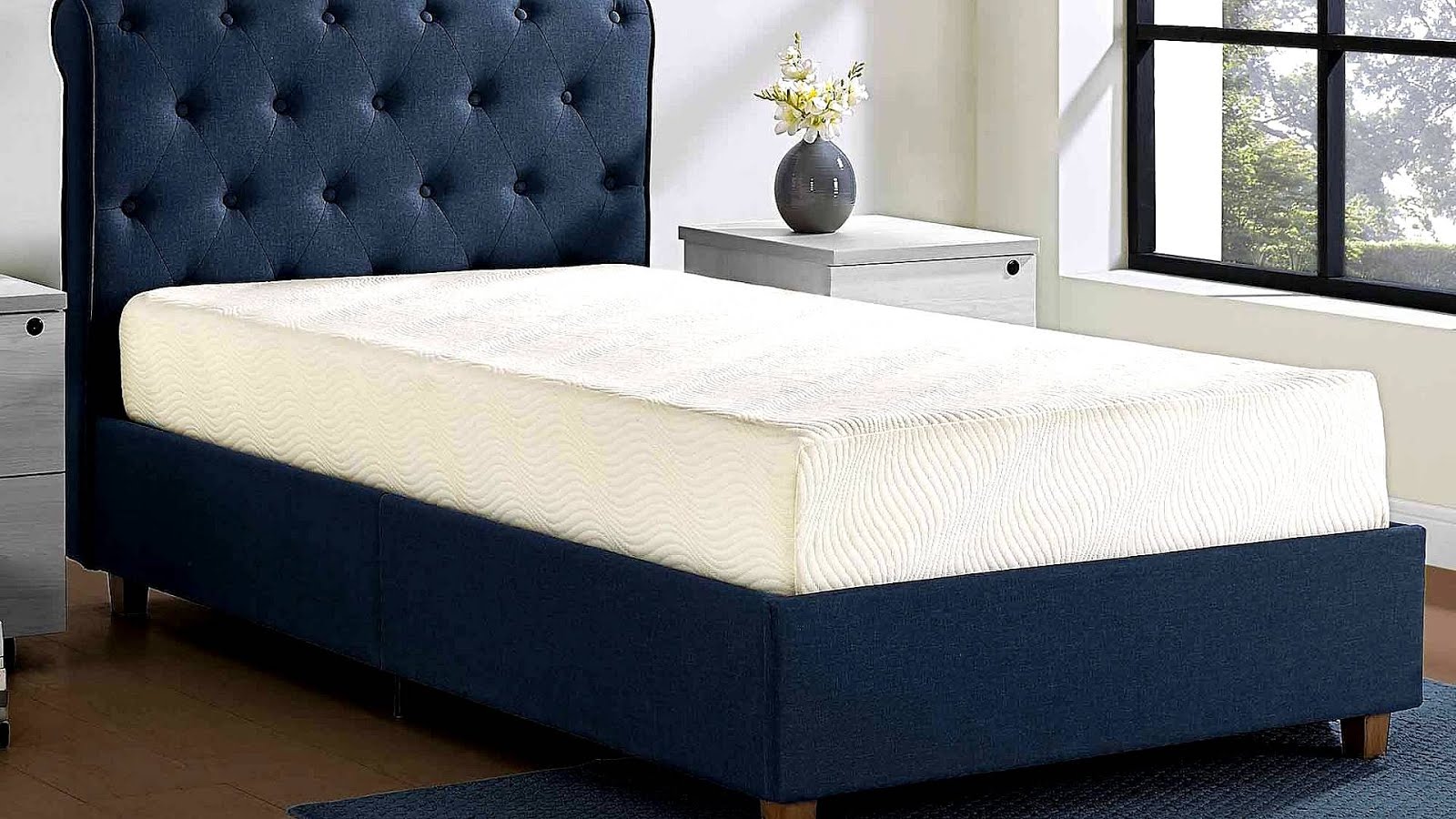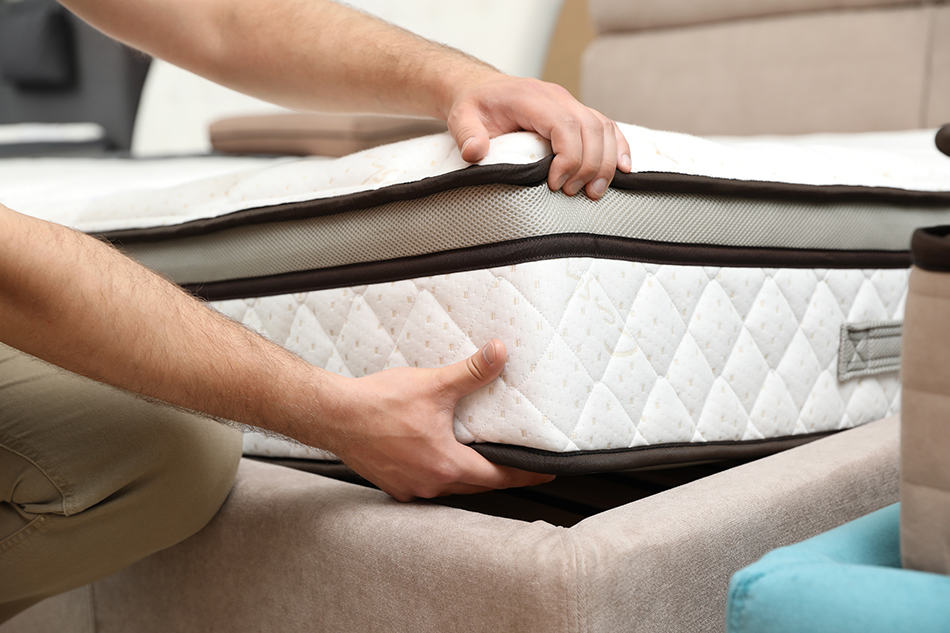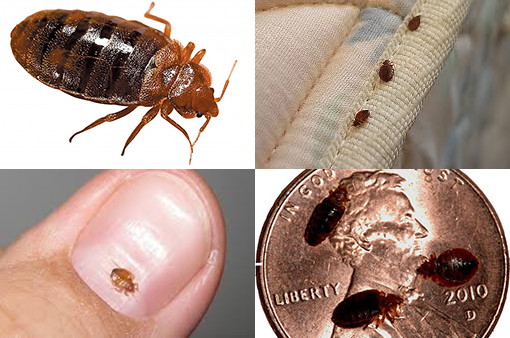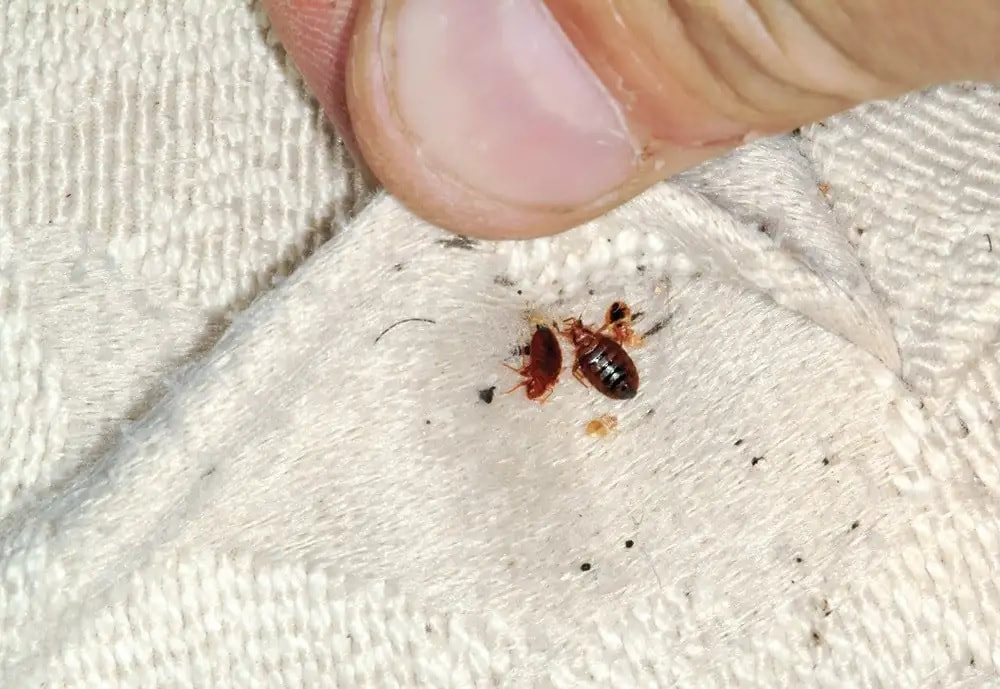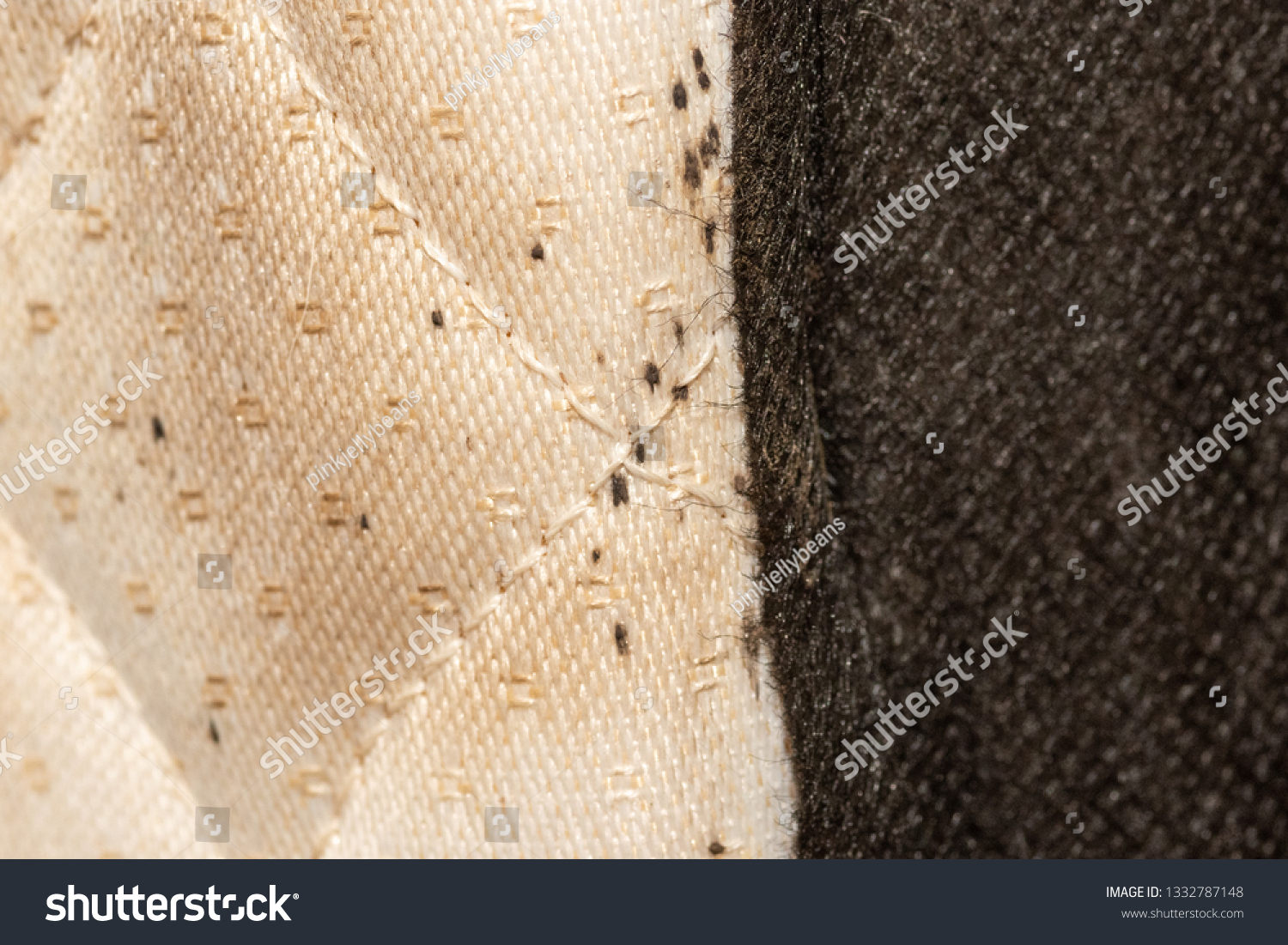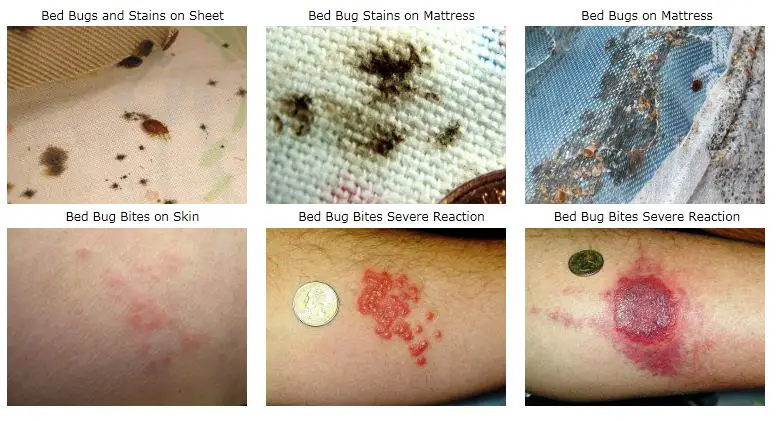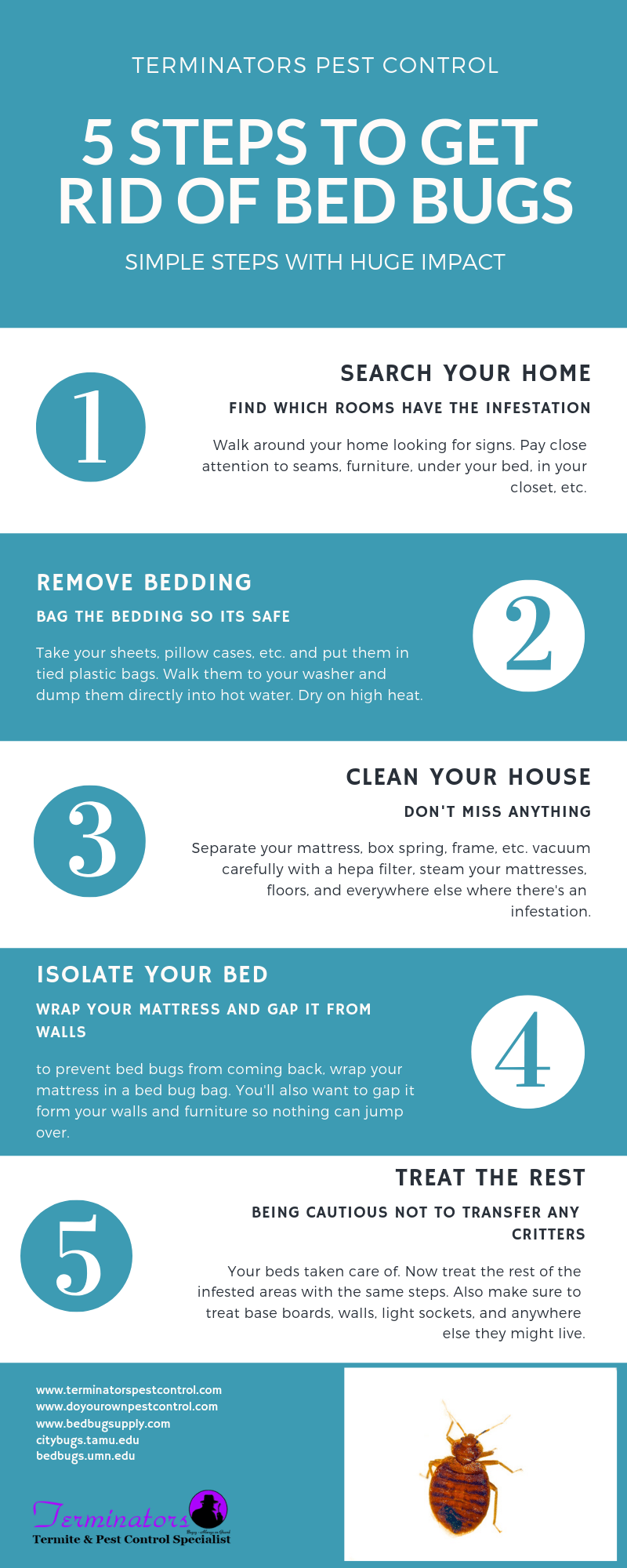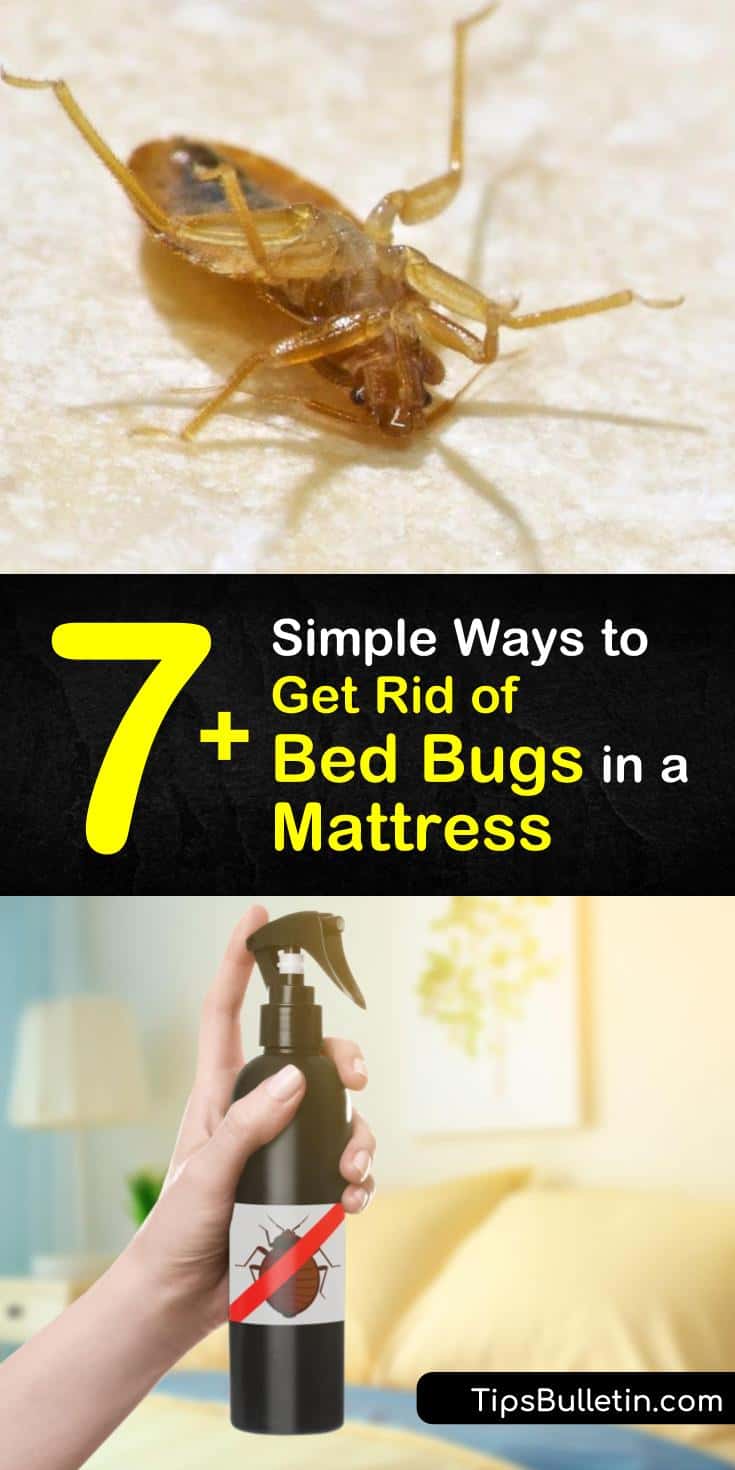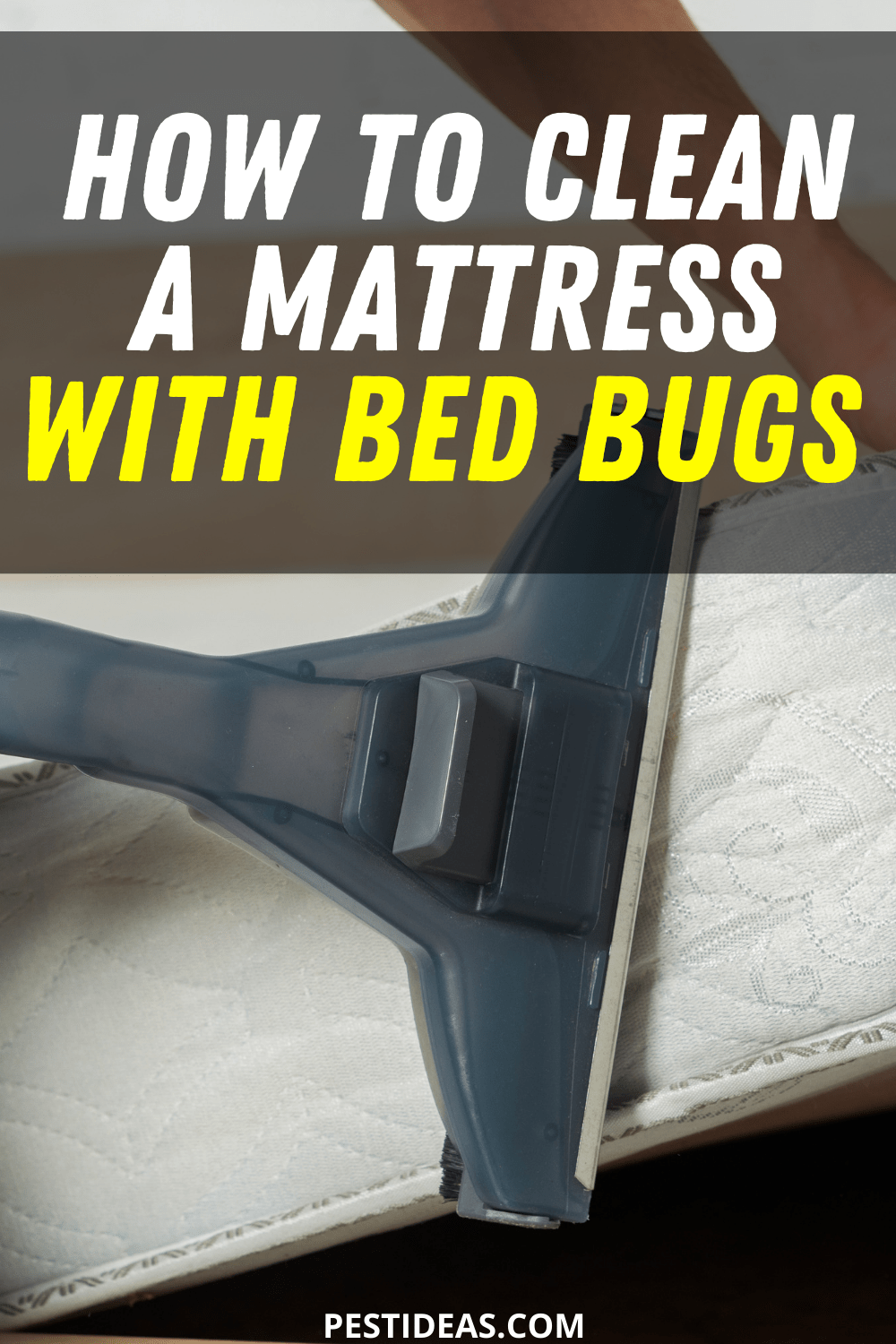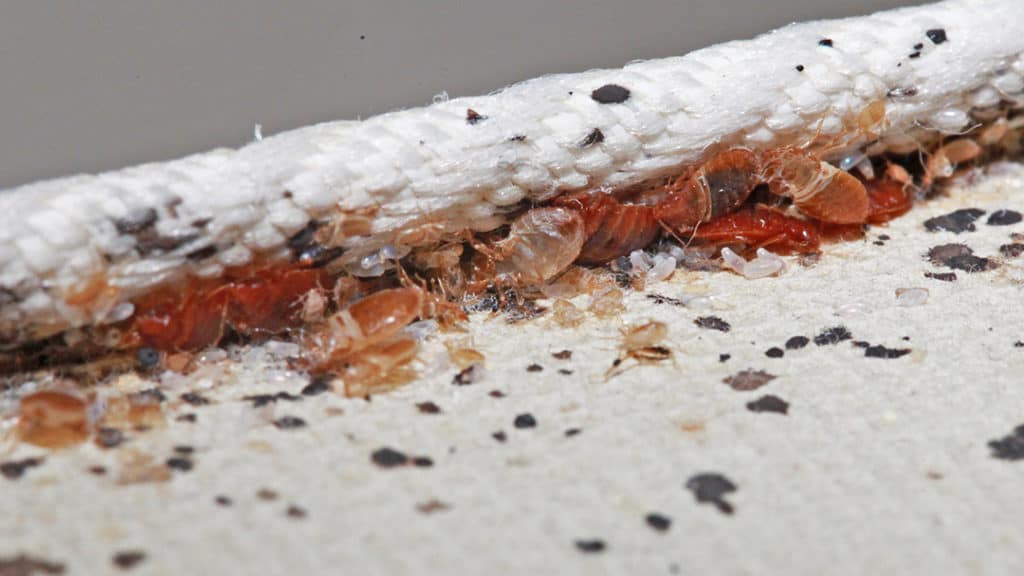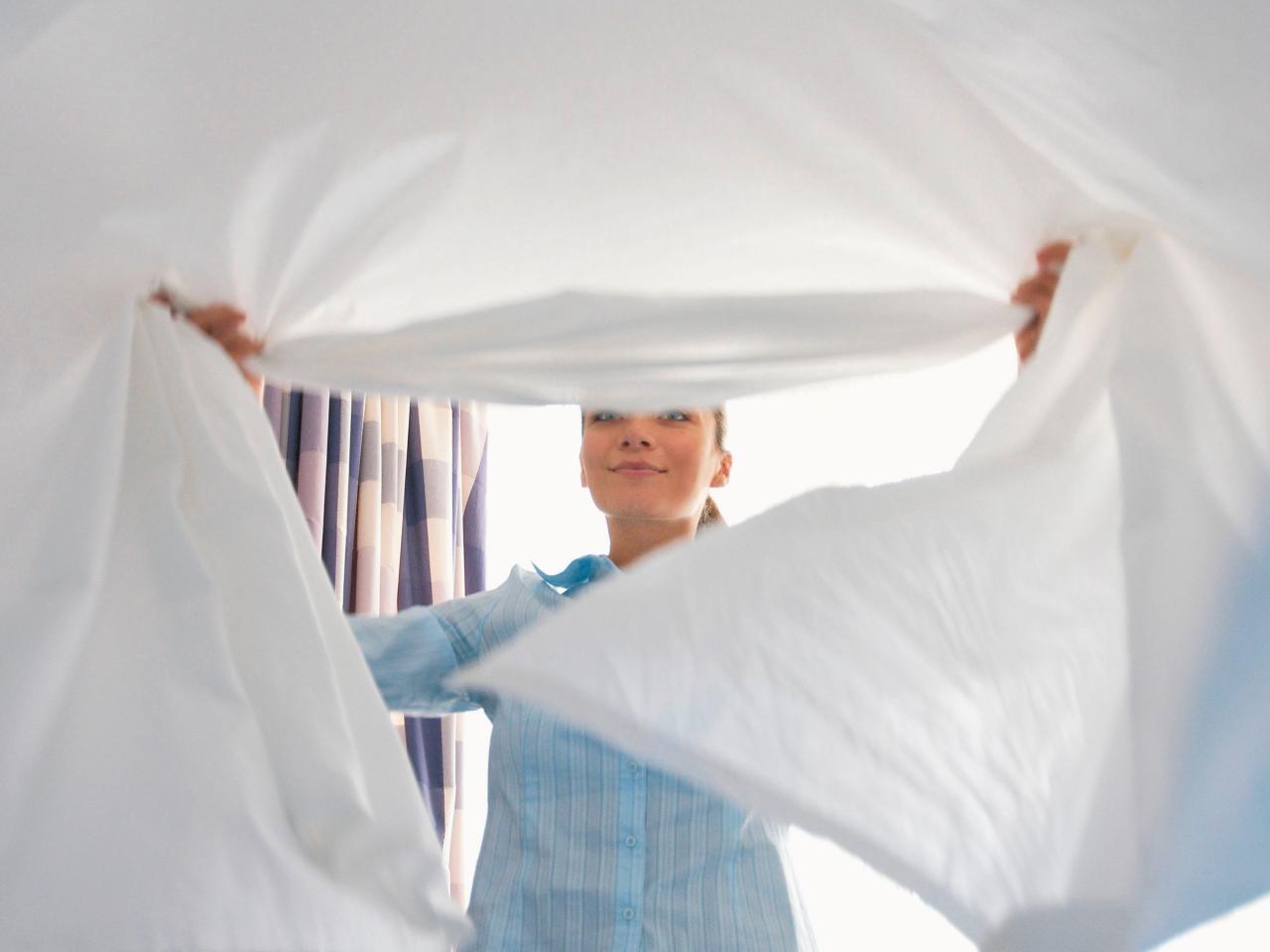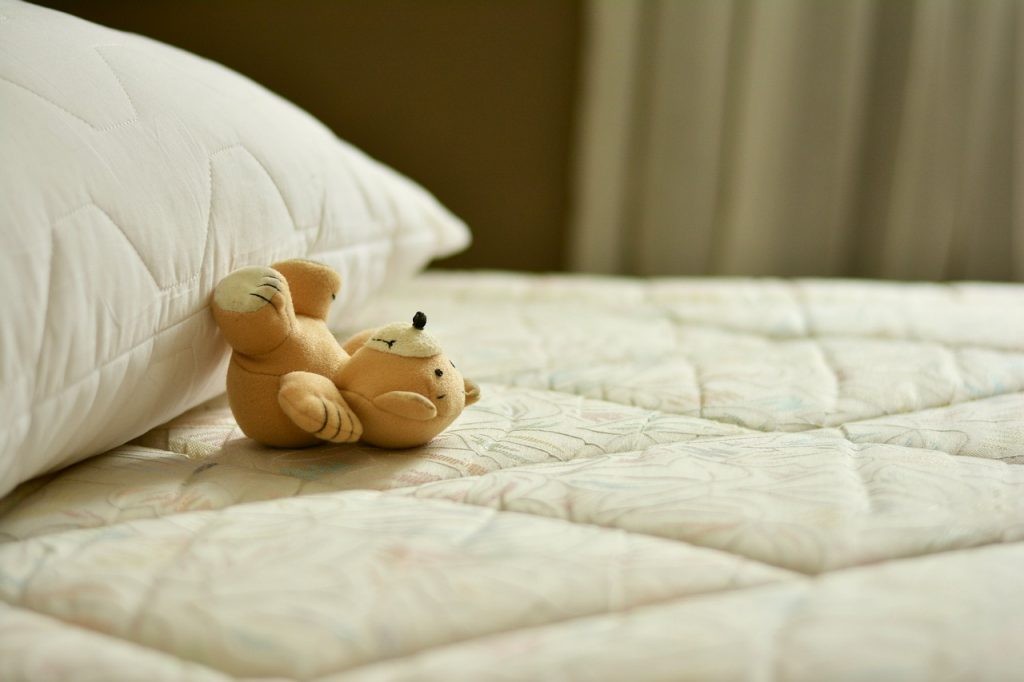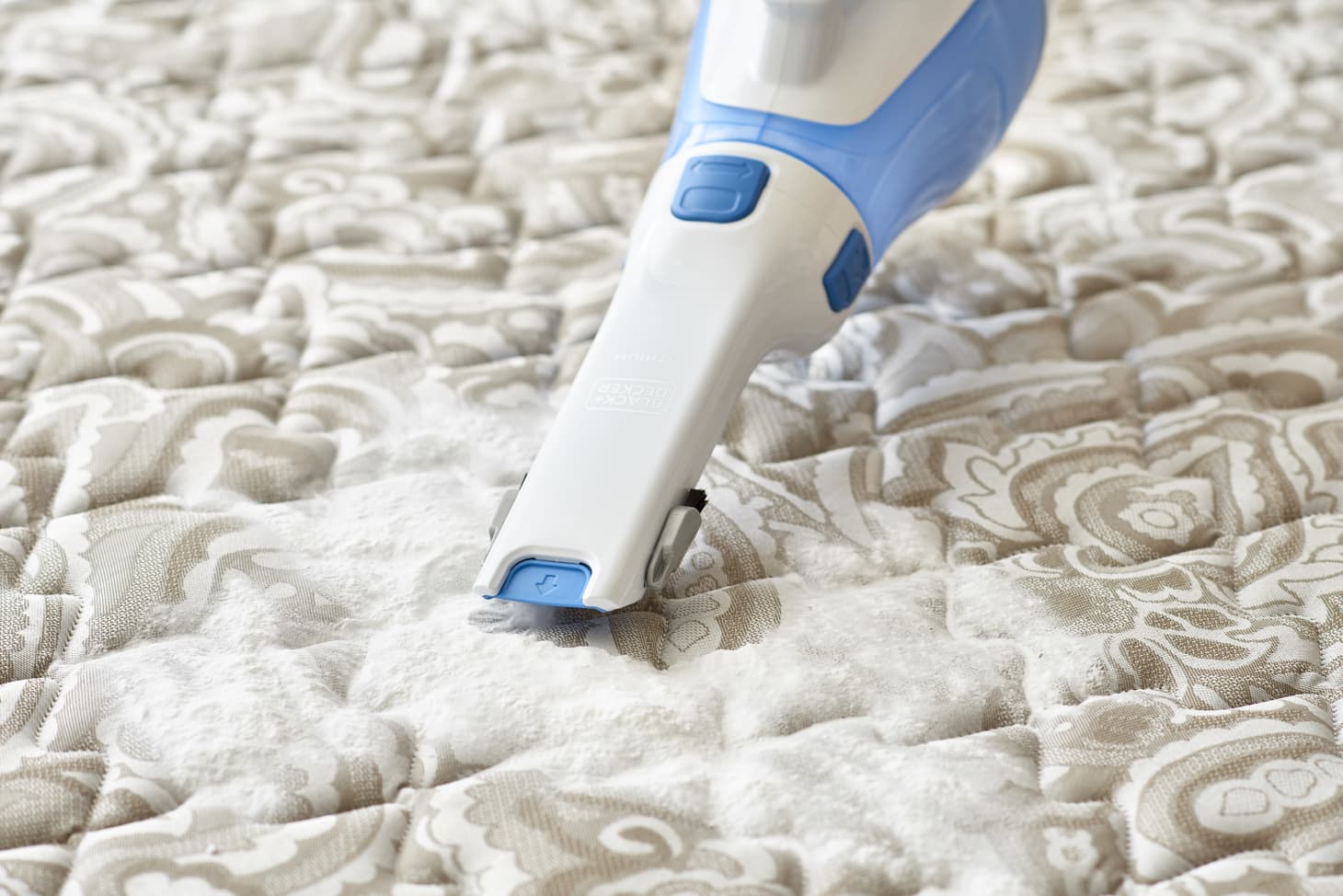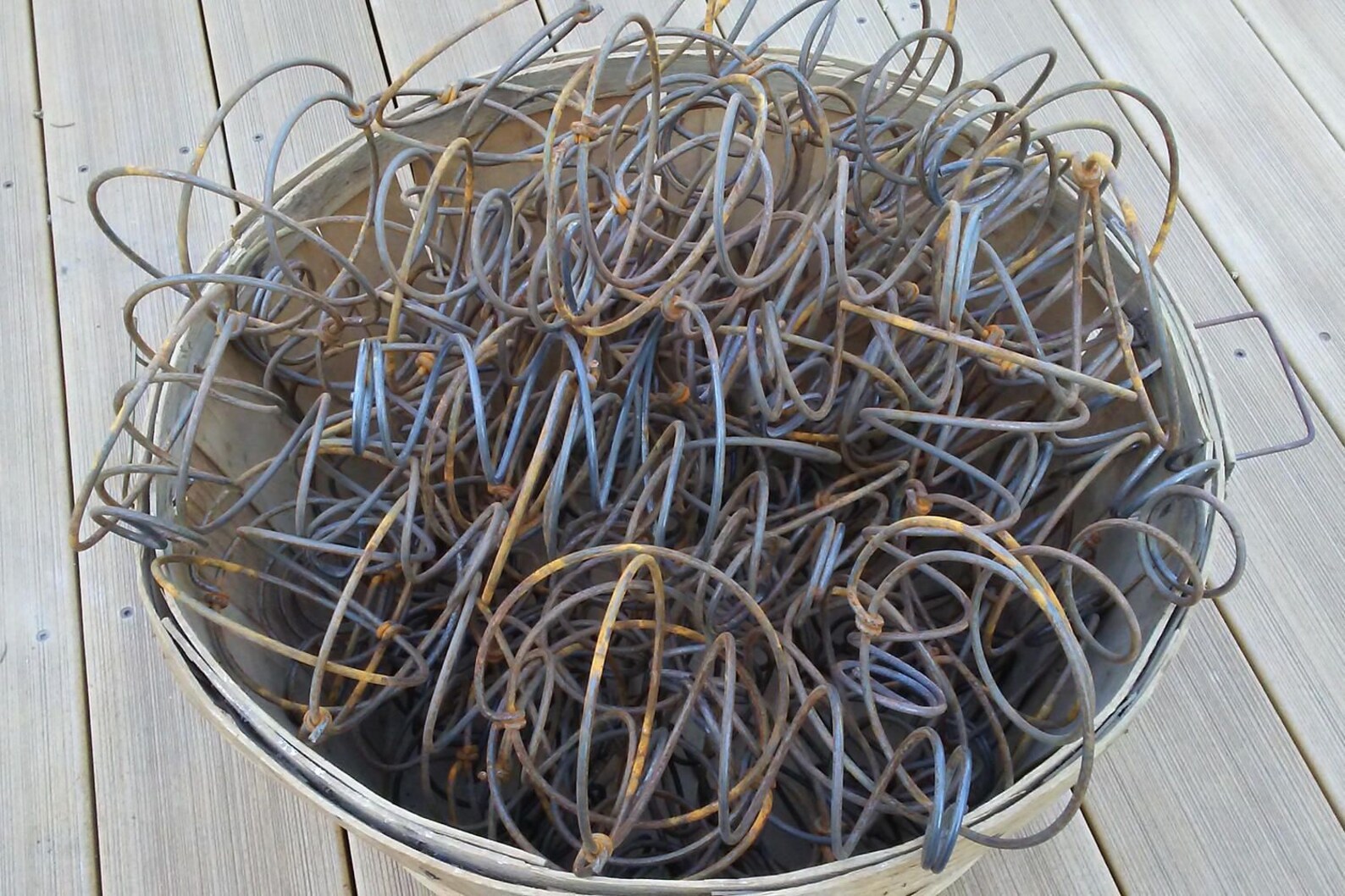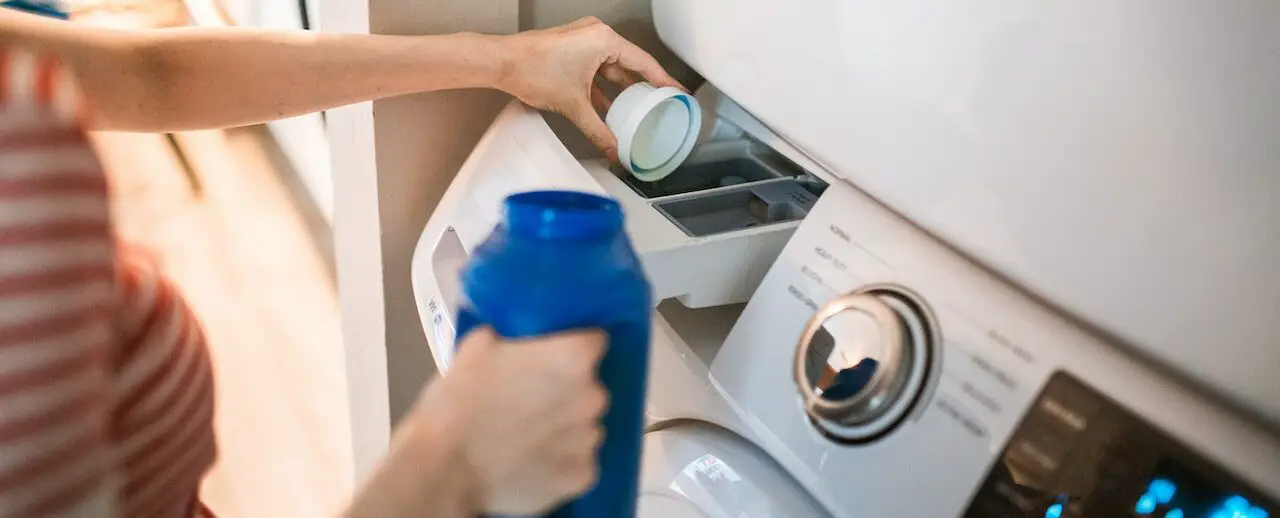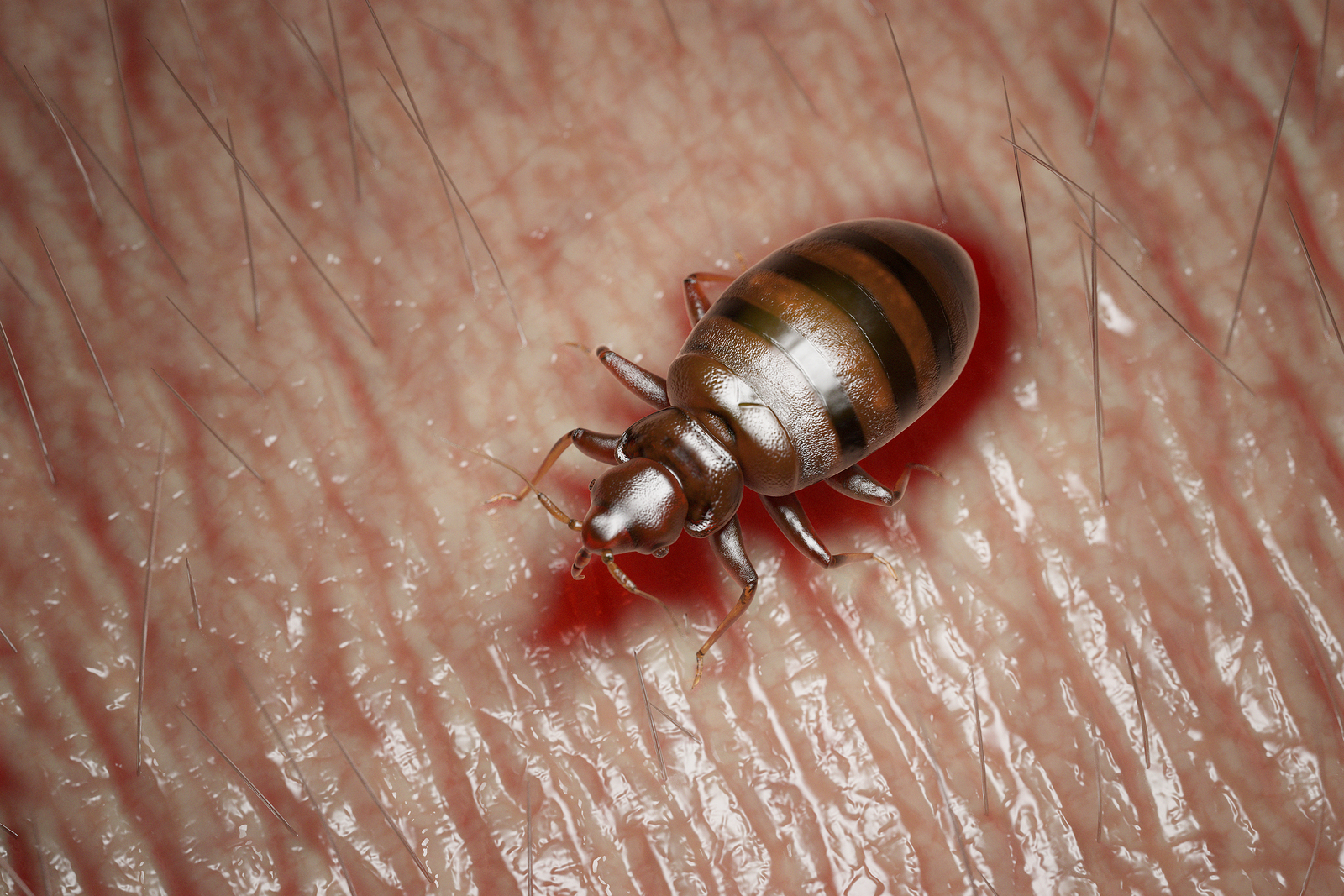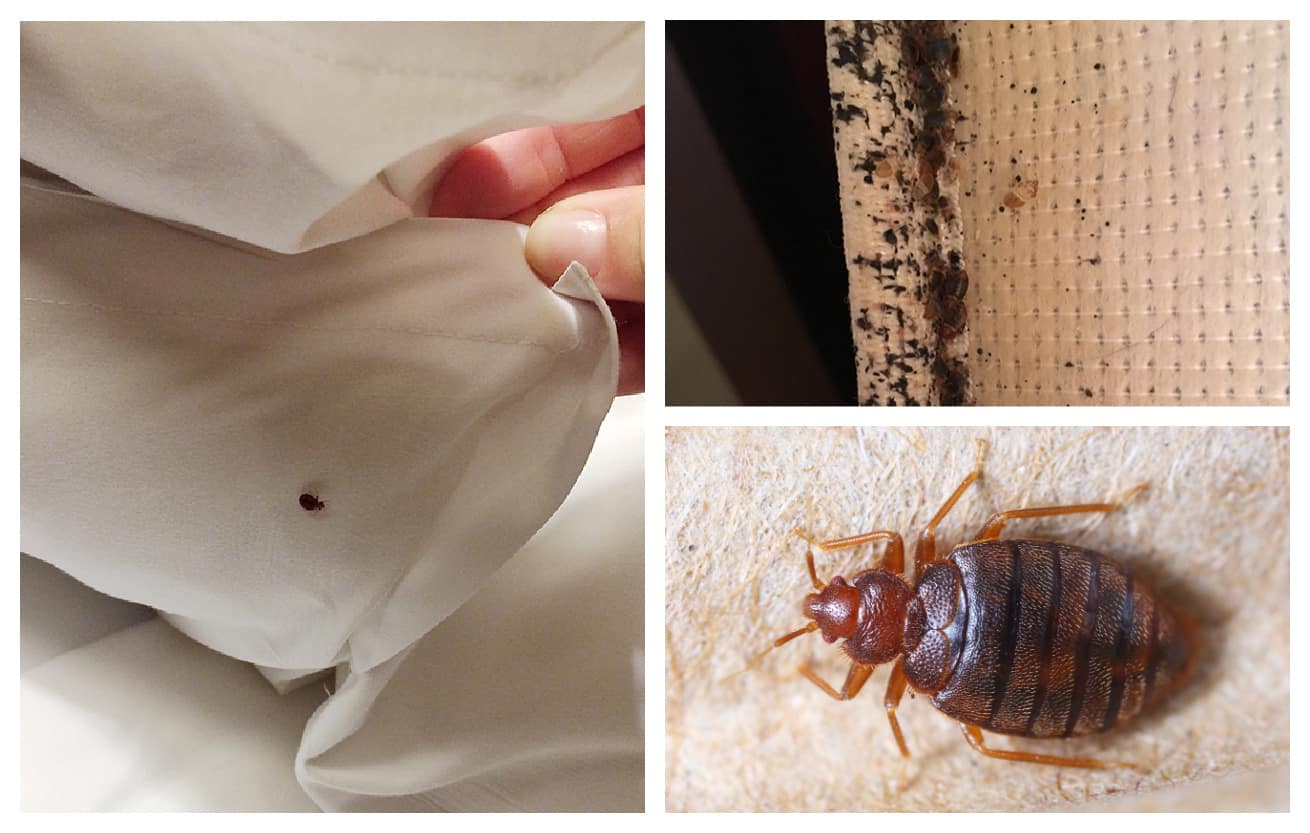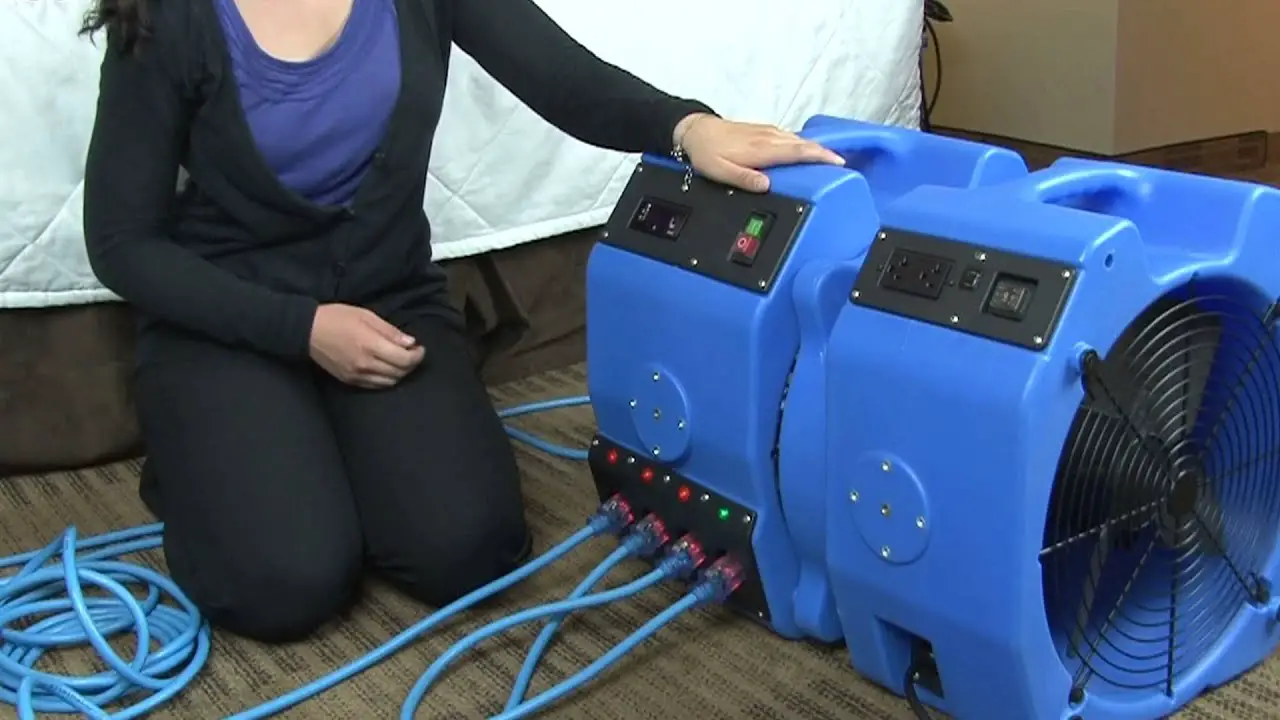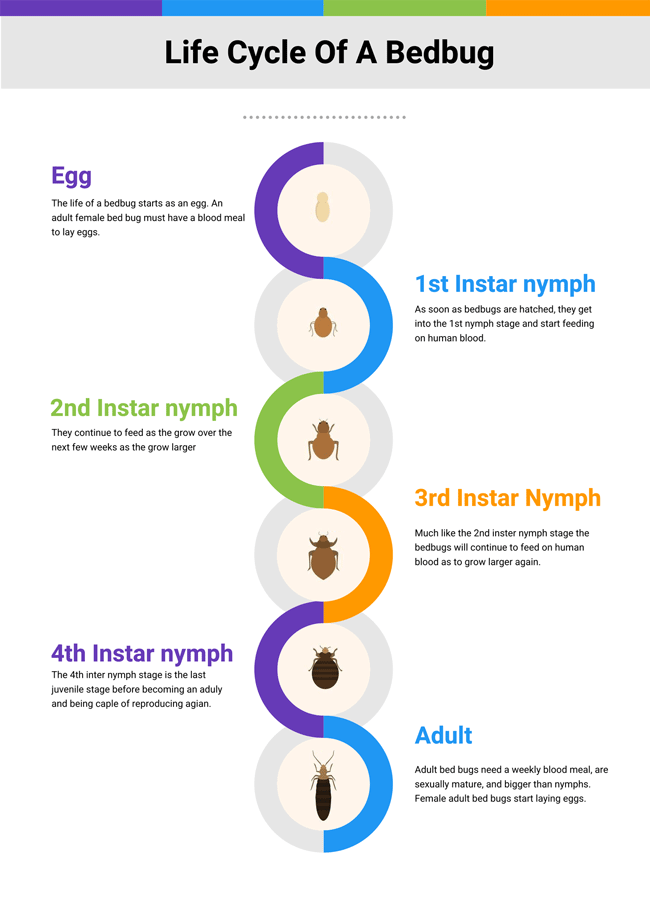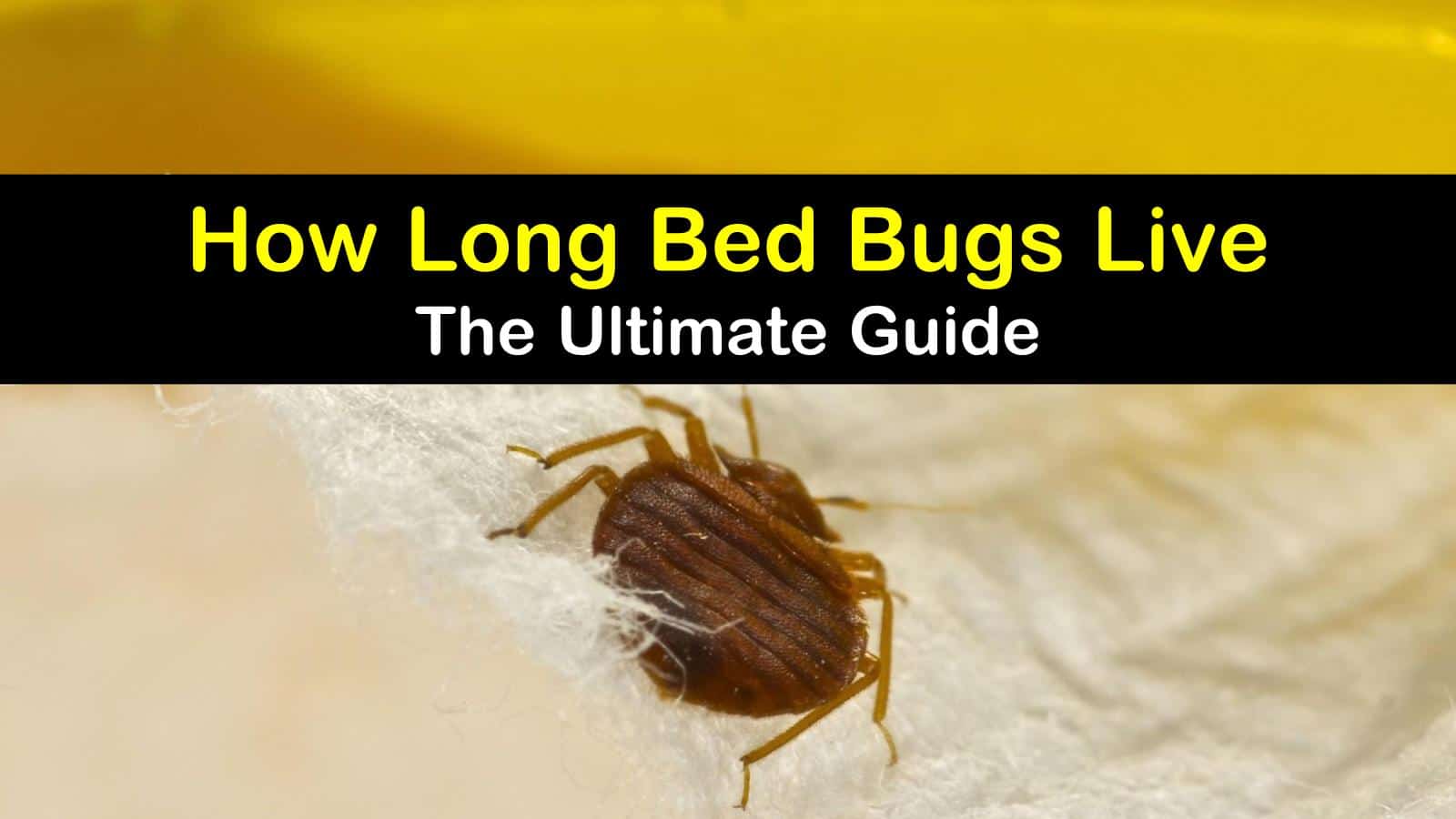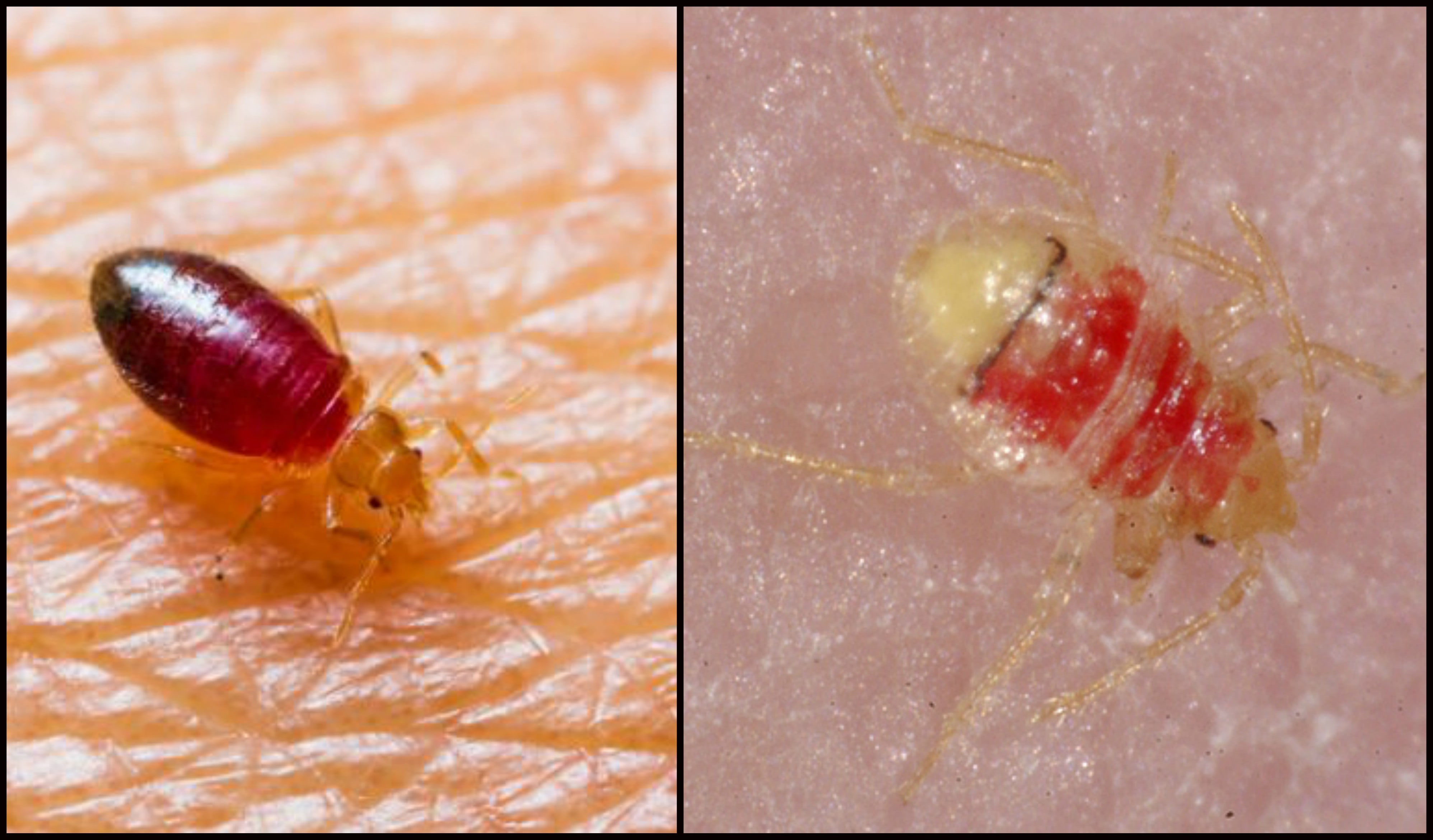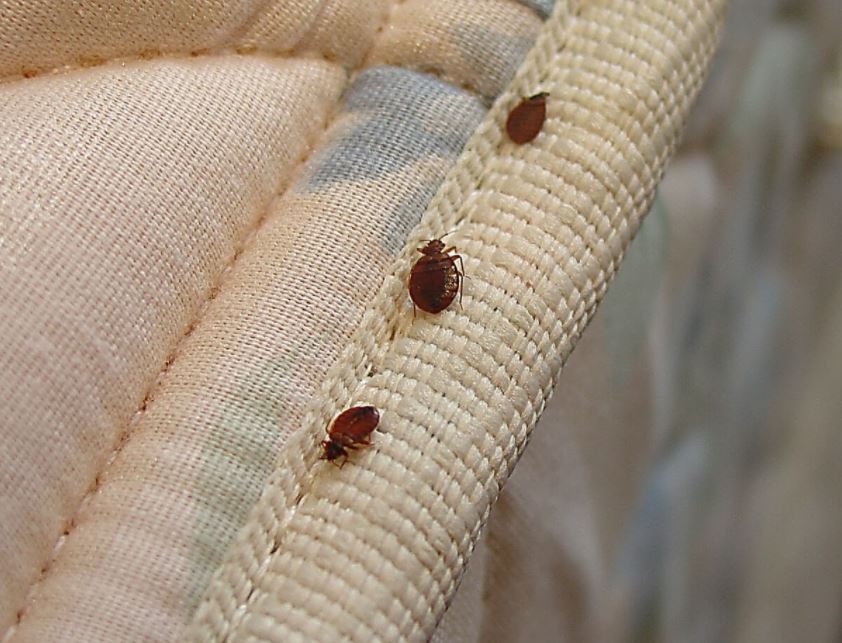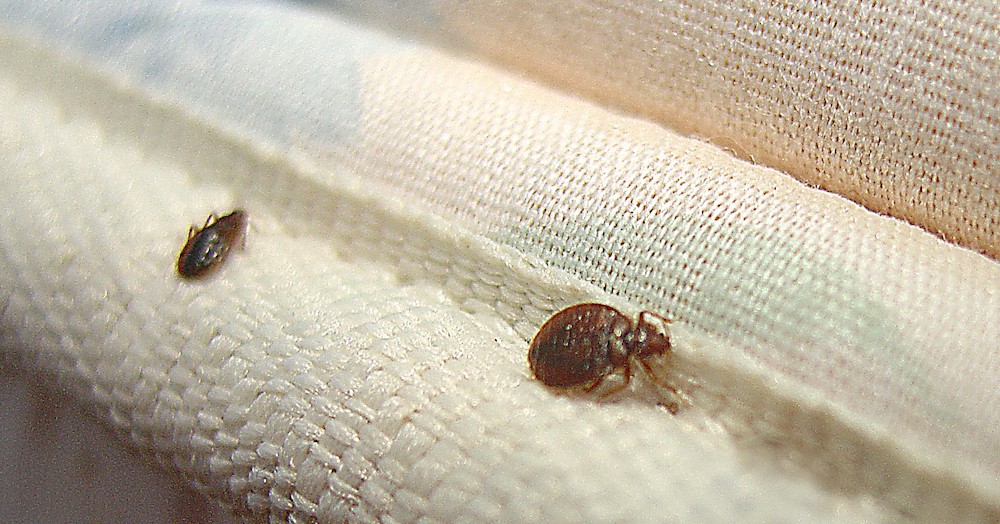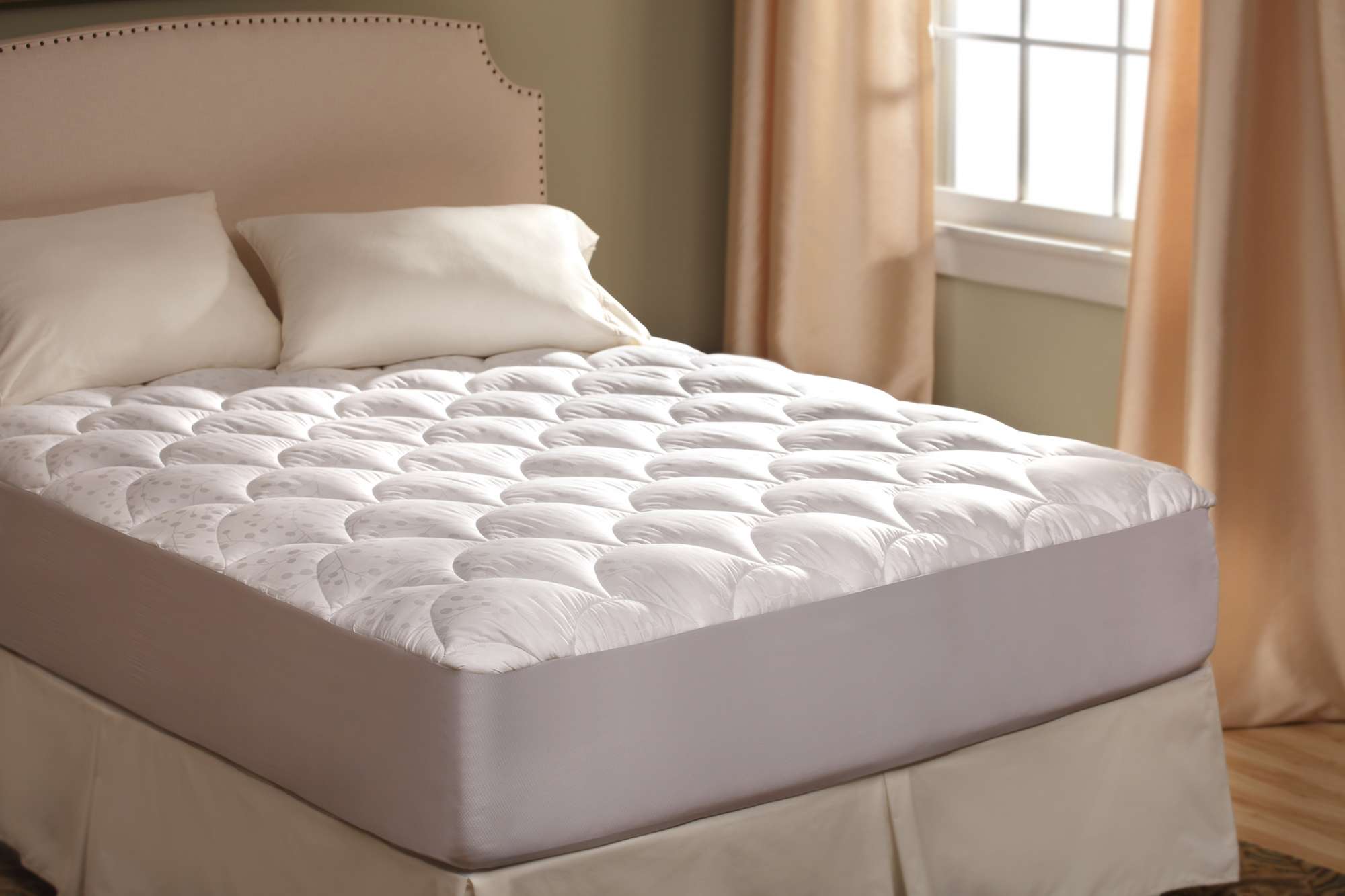Can Bedbugs Live on Mattress Springs?
Bedbugs are small, blood-sucking insects that can cause a lot of frustration and discomfort for homeowners. They are known to infest mattresses, but what about the springs? Can bedbugs live on mattress springs? The answer is yes, they can. In fact, the dark, warm, and humid environment of mattress springs makes it an ideal breeding ground for these pesky critters.
How to Check for Bedbugs on Mattress Springs
If you suspect that your mattress springs may be infested with bedbugs, there are a few steps you can take to confirm your suspicions. First, remove all bedding and carefully inspect the seams and crevices of the mattress. Look for any signs of the insects themselves, such as small reddish-brown bugs or dark spots, which are their fecal matter. Next, check the mattress springs by running a credit card or a thin piece of plastic along the seams. If you feel any resistance or bumps, it could be a sign of bedbugs hiding in the springs.
Preventing Bedbugs on Mattress Springs
The best way to deal with bedbugs on mattress springs is to prevent them from infesting in the first place. To do this, you can use mattress encasements or covers that are specifically designed to keep bedbugs out. These covers are made of a tightly woven material that bedbugs cannot penetrate. They also make it easier to spot bedbugs on the surface of the mattress, as they will be trapped inside the cover.
Signs of Bedbugs on Mattress Springs
Aside from physically seeing the bedbugs or their fecal matter, there are other signs that can indicate an infestation on your mattress springs. Look out for tiny white eggs or eggshells, shed skins, or even a musty odor coming from your mattress. If you notice any of these signs, it is important to take immediate action to prevent the infestation from spreading.
Getting Rid of Bedbugs on Mattress Springs
If you do find bedbugs on your mattress springs, it is crucial to take immediate action to get rid of them. There are a few methods you can try, such as vacuuming the mattress and its seams thoroughly, using a steam cleaner, or using insecticides specifically formulated for bedbugs. It is important to follow the instructions on the product carefully and to repeat the process multiple times to ensure all the bedbugs and their eggs are eliminated.
Do Bedbug Mattress Covers Work?
As mentioned earlier, using mattress covers or encasements can be an effective way to prevent bedbugs from infesting your mattress springs. But do they really work? The answer is yes, they do. However, it is important to make sure that the cover is labeled as bedbug-proof and is specifically designed for this purpose. Additionally, it is crucial to regularly inspect and replace the cover if it becomes damaged or torn.
How to Clean Mattress Springs for Bedbugs
Regularly cleaning your mattress springs is also an important step in preventing bedbug infestations. You can clean them using a hot water and detergent solution and a scrub brush. Be sure to reach all the crevices and seams of the springs. You can also use a mixture of rubbing alcohol and water to clean and disinfect the springs.
Can Bedbugs Survive on Metal Mattress Springs?
Mattress springs can be made of various materials, such as metal, wood, or plastic. So, can bedbugs survive on metal mattress springs? The answer is yes, they can. While metal may not be as ideal of a breeding ground for bedbugs as wood, it can still provide enough warmth and humidity for them to survive and reproduce.
Using Heat Treatment for Bedbugs on Mattress Springs
Heat treatment is another effective method for getting rid of bedbugs on mattress springs. This method involves using high temperatures to kill the insects and their eggs. You can use a steam cleaner or a professional heat treatment service to treat your mattress springs. Just make sure to follow the instructions carefully and to repeat the process multiple times to ensure all the bedbugs are eliminated.
How Long Can Bedbugs Live on Mattress Springs?
The lifespan of bedbugs on mattress springs can vary depending on various factors such as temperature, humidity, and availability of food (i.e. blood). However, in general, bedbugs can survive for several months without feeding, making it crucial to take immediate action if you suspect an infestation. It is also important to regularly inspect and clean your mattress and its springs to prevent any potential infestations.
The Truth About Bedbugs: Can They Live on Mattress Springs?
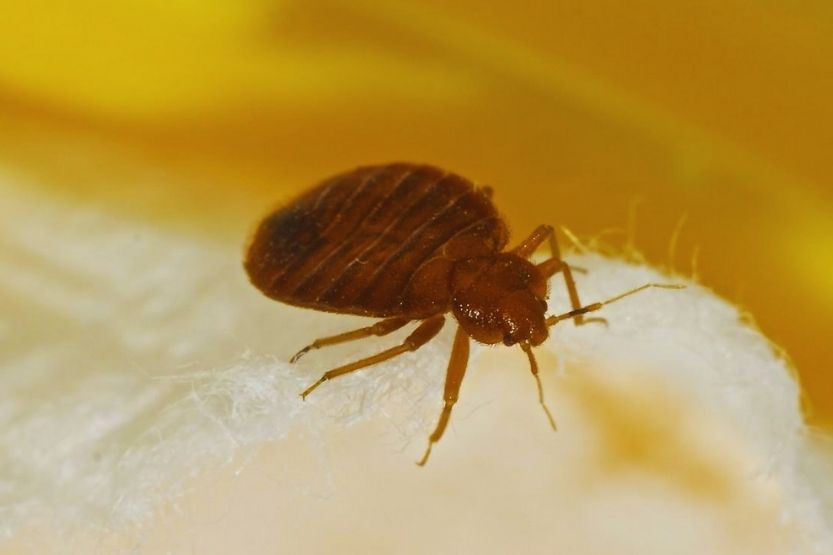
Introduction
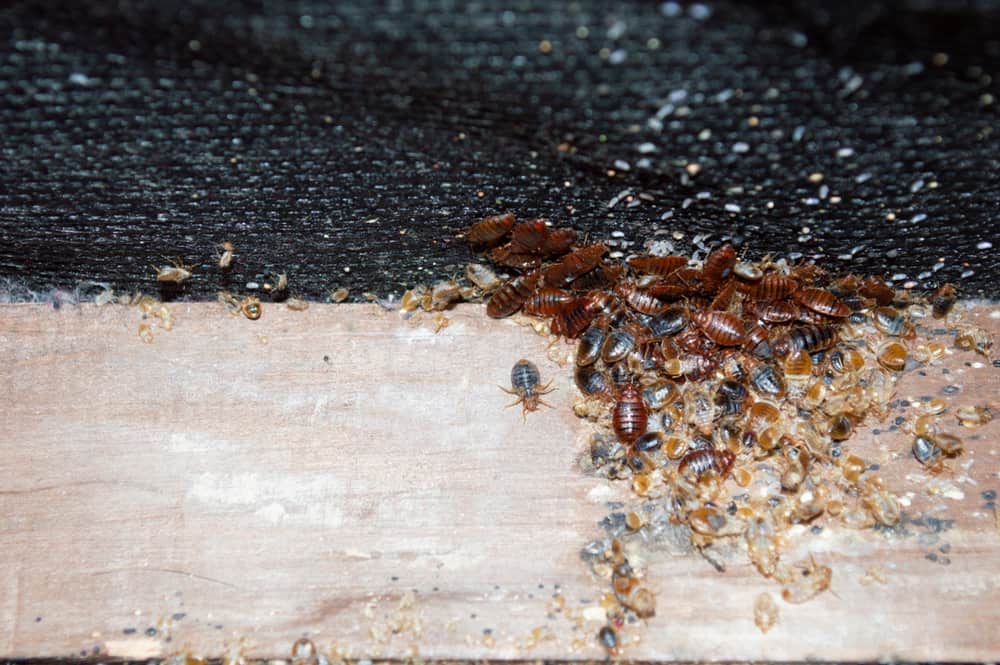 When it comes to designing our homes, we often focus on the aesthetics and functionality. However, it is also important to consider the potential pests that may lurk in our living spaces. One of the most notorious bugs that can cause havoc in our homes is the bedbug. These tiny insects are known for their ability to infest mattresses, causing sleepless nights and itchy bites. But can bedbugs actually live on mattress springs? Let's dive into the truth about these pesky bugs and their relationship with mattress springs.
When it comes to designing our homes, we often focus on the aesthetics and functionality. However, it is also important to consider the potential pests that may lurk in our living spaces. One of the most notorious bugs that can cause havoc in our homes is the bedbug. These tiny insects are known for their ability to infest mattresses, causing sleepless nights and itchy bites. But can bedbugs actually live on mattress springs? Let's dive into the truth about these pesky bugs and their relationship with mattress springs.
The Bedbug Life Cycle
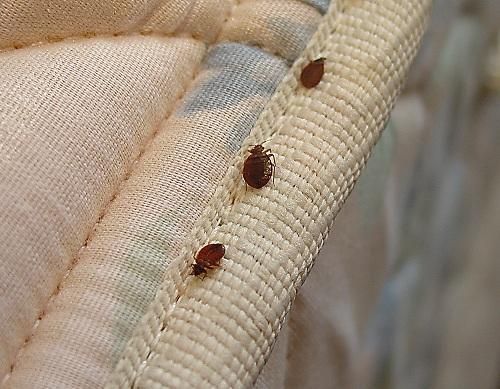 Before we can answer the main question, it's important to understand the life cycle of bedbugs. These bugs go through several stages in their life, starting as tiny eggs that hatch into nymphs and eventually become adults. During their life cycle, bedbugs need to feed on blood to survive and reproduce. They are known to be excellent hitchhikers, often latching onto clothing, luggage, and furniture to travel from place to place.
Before we can answer the main question, it's important to understand the life cycle of bedbugs. These bugs go through several stages in their life, starting as tiny eggs that hatch into nymphs and eventually become adults. During their life cycle, bedbugs need to feed on blood to survive and reproduce. They are known to be excellent hitchhikers, often latching onto clothing, luggage, and furniture to travel from place to place.
Bedbug Habitats
 Bedbugs are mainly found in areas where humans sleep or spend extended periods of time. This is because they are attracted to the carbon dioxide and warmth that our bodies produce. They can be found in mattresses, box springs, headboards, and even cracks and crevices in the walls or furniture. However, bedbugs can also be found in other parts of the house, such as sofas, curtains, and even electrical outlets.
Bedbugs are mainly found in areas where humans sleep or spend extended periods of time. This is because they are attracted to the carbon dioxide and warmth that our bodies produce. They can be found in mattresses, box springs, headboards, and even cracks and crevices in the walls or furniture. However, bedbugs can also be found in other parts of the house, such as sofas, curtains, and even electrical outlets.
Can Bedbugs Live on Mattress Springs?
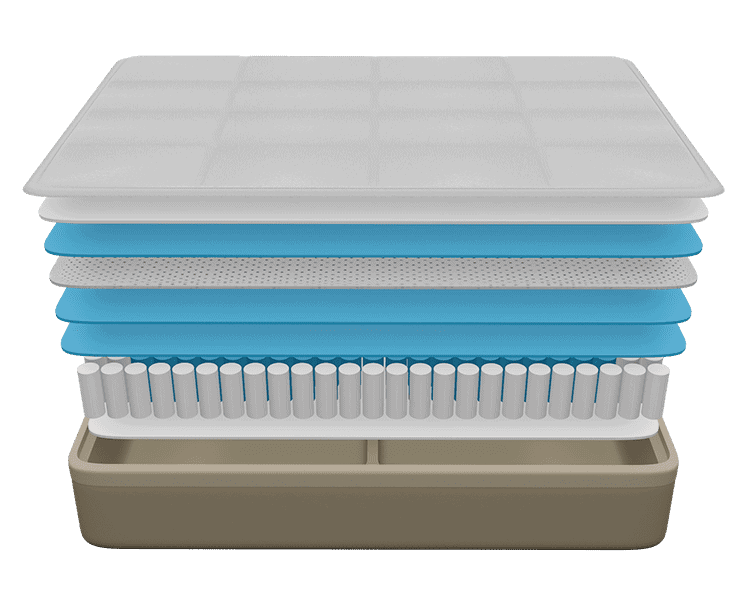 Now, back to the main question - can bedbugs live on mattress springs? The answer is yes. While bedbugs prefer to hide in mattresses and box springs, they can also live on the springs themselves. In fact, they can live in any small, dark, and tight space where they can hide during the day and come out at night to feed. This includes the gaps and crevices in mattress springs.
Now, back to the main question - can bedbugs live on mattress springs? The answer is yes. While bedbugs prefer to hide in mattresses and box springs, they can also live on the springs themselves. In fact, they can live in any small, dark, and tight space where they can hide during the day and come out at night to feed. This includes the gaps and crevices in mattress springs.
Preventing and Getting Rid of Bedbugs
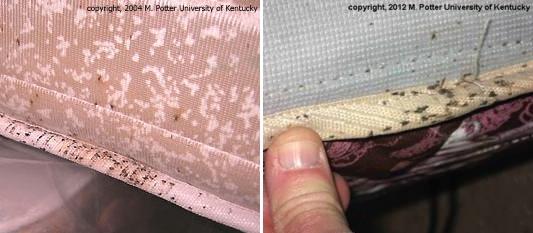 So, what can you do to prevent and get rid of bedbugs living on your mattress springs? The first step is to regularly inspect your mattress and box spring for any signs of bedbugs, such as dark spots or shed skins. If you do find bedbugs, it's important to take immediate action to eliminate them. This may involve hiring a professional pest control service or using DIY methods such as vacuuming, steam cleaning, and using bedbug-proof mattress encasements.
So, what can you do to prevent and get rid of bedbugs living on your mattress springs? The first step is to regularly inspect your mattress and box spring for any signs of bedbugs, such as dark spots or shed skins. If you do find bedbugs, it's important to take immediate action to eliminate them. This may involve hiring a professional pest control service or using DIY methods such as vacuuming, steam cleaning, and using bedbug-proof mattress encasements.
Conclusion
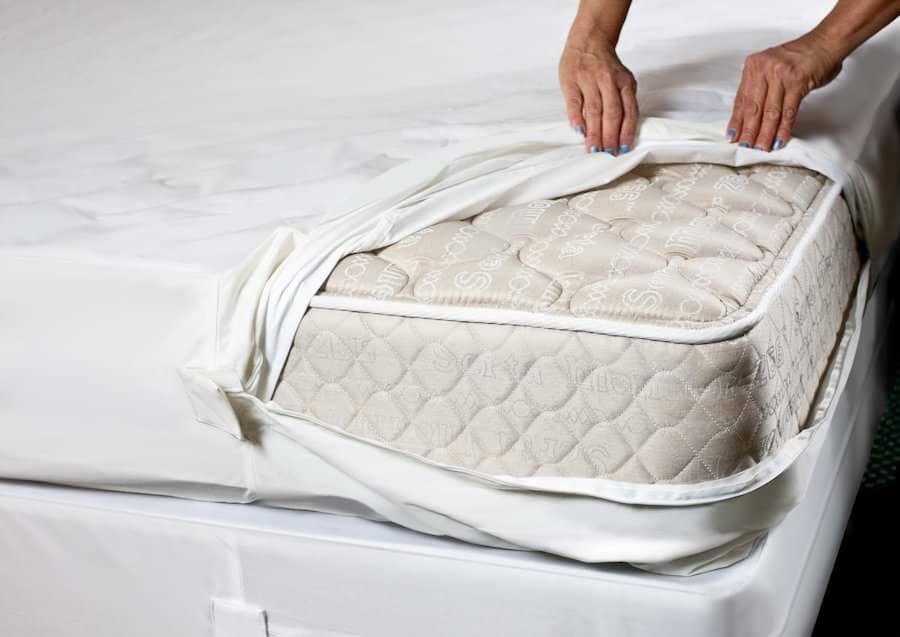 In conclusion, bedbugs can indeed live on mattress springs. These pesky bugs are experts at hiding and can easily infest any part of your home, not just your bed. It's important to regularly inspect and clean your mattress and take necessary precautions to prevent and get rid of bedbugs. With proper maintenance and vigilance, you can keep these unwanted guests out of your home and ensure a good night's sleep.
In conclusion, bedbugs can indeed live on mattress springs. These pesky bugs are experts at hiding and can easily infest any part of your home, not just your bed. It's important to regularly inspect and clean your mattress and take necessary precautions to prevent and get rid of bedbugs. With proper maintenance and vigilance, you can keep these unwanted guests out of your home and ensure a good night's sleep.




